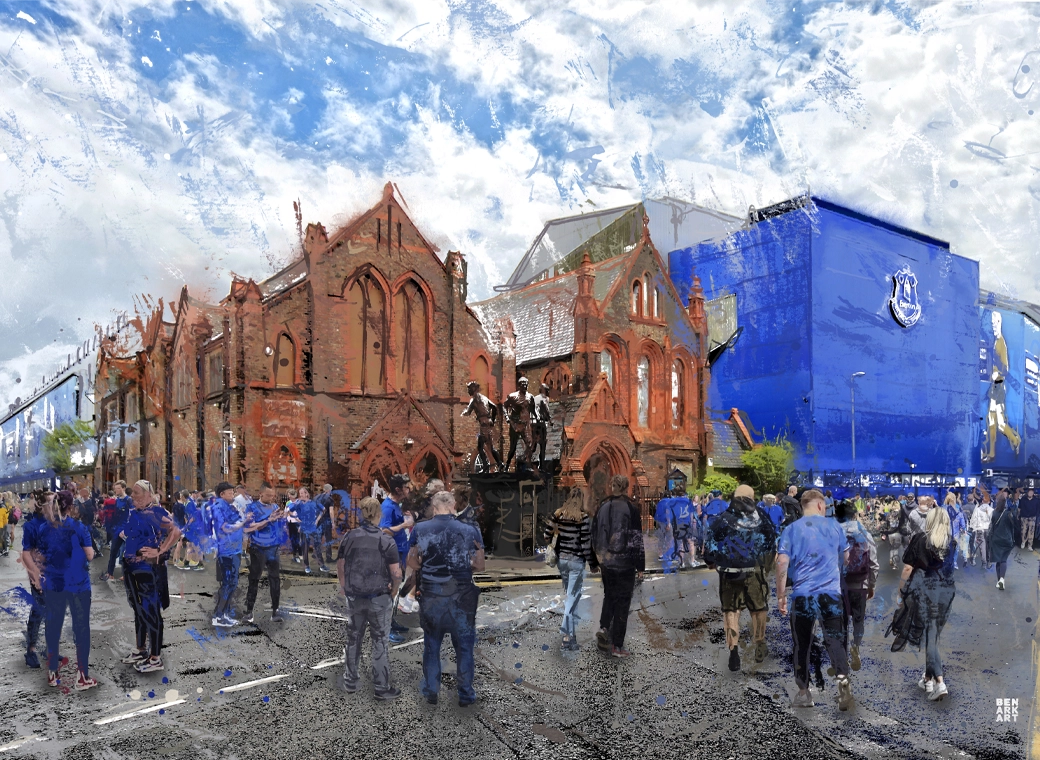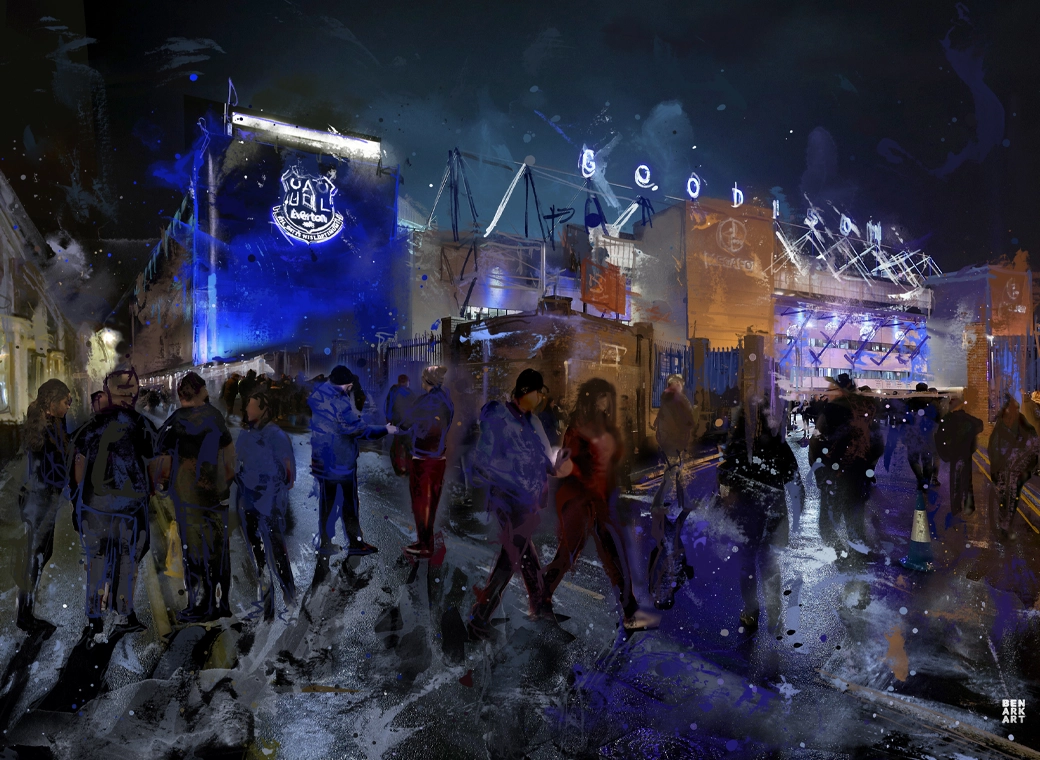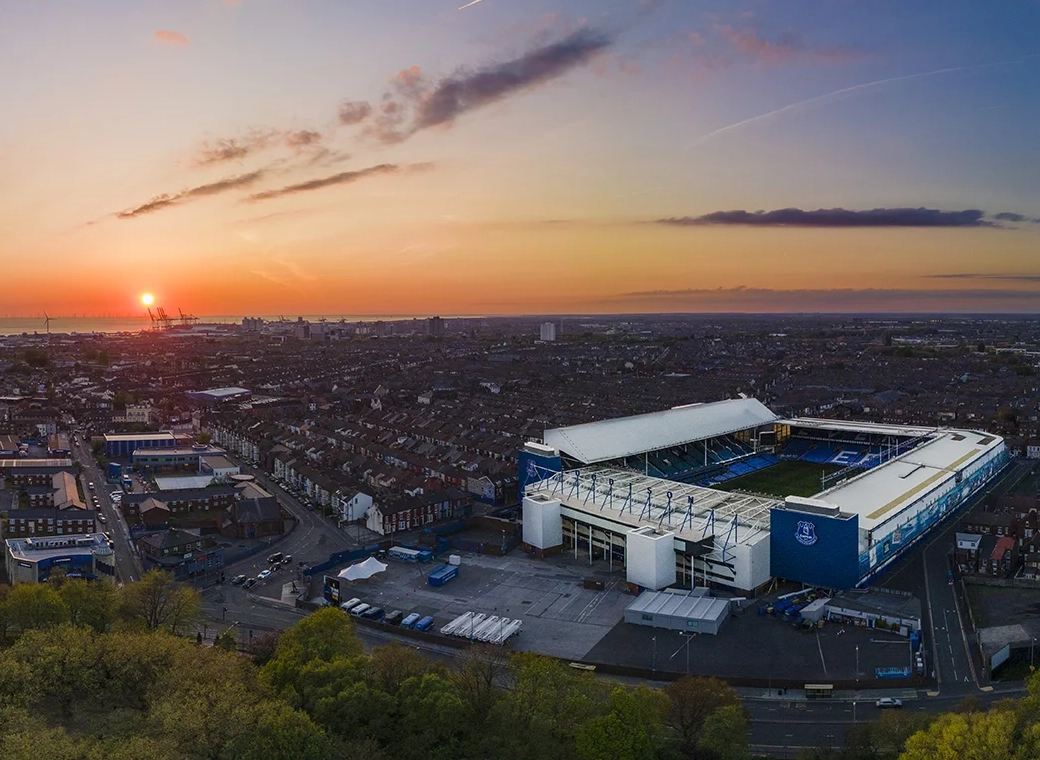It certainly was. Checked on wikipedia. Loads of docks have been filled in with no problems from wikipedia
Liverpool's first dock was the world's first enclosed commercial dock, the
Old Dock, built in 1715. The Lyver Pool, a tidal inlet in the narrows of the estuary, which is now largely under the
Liverpool One shopping centre, was converted into the enclosed dock. Further docks were added and eventually all were interconnected by lock gates, extending 7.5 miles (12.1 km) along the Liverpool bank of the River Mersey. From 1830 onwards, most of the building stone was granite from
Kirkmabreck near
Creetown, Scotland.
[1]
The interconnected dock system was the most advanced port system in the world. The docks enabled ship movements within the dock system 24 hours a day, isolated from the high River Mersey tides. Parts of the system are now a
World Heritage Site.
[2]
From 1885 the dock system was the hub of a
hydraulic power network that stretched beyond the docks.
Most of the smaller south end docks were closed in 1971 with Brunswick Dock remaining until closure in 1975. Many docks have been filled in to create land for buildings: at the
Pier Head, an arena at
Kings Dock, commercial estates at
Toxteth and
Harrington Docks and housing at
Herculaneum Dock. In the north, some
branch docks have been filled in to create land.
Sandon and
Wellington Docks have been filled in and are now the location of a sewage works. Most of
Hornby Dock was filled in to allow
Gladstone Dock's coal terminal to expand.













